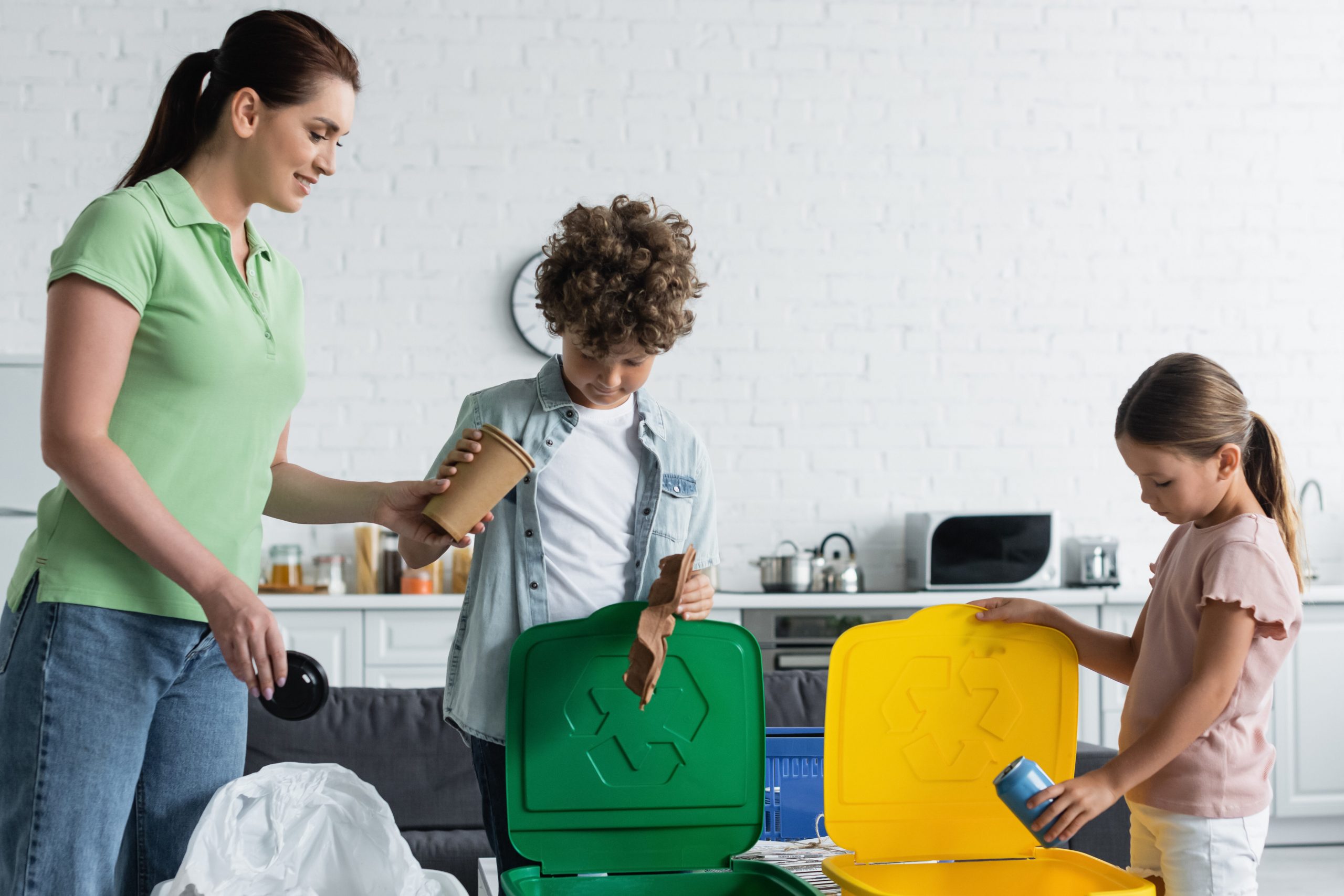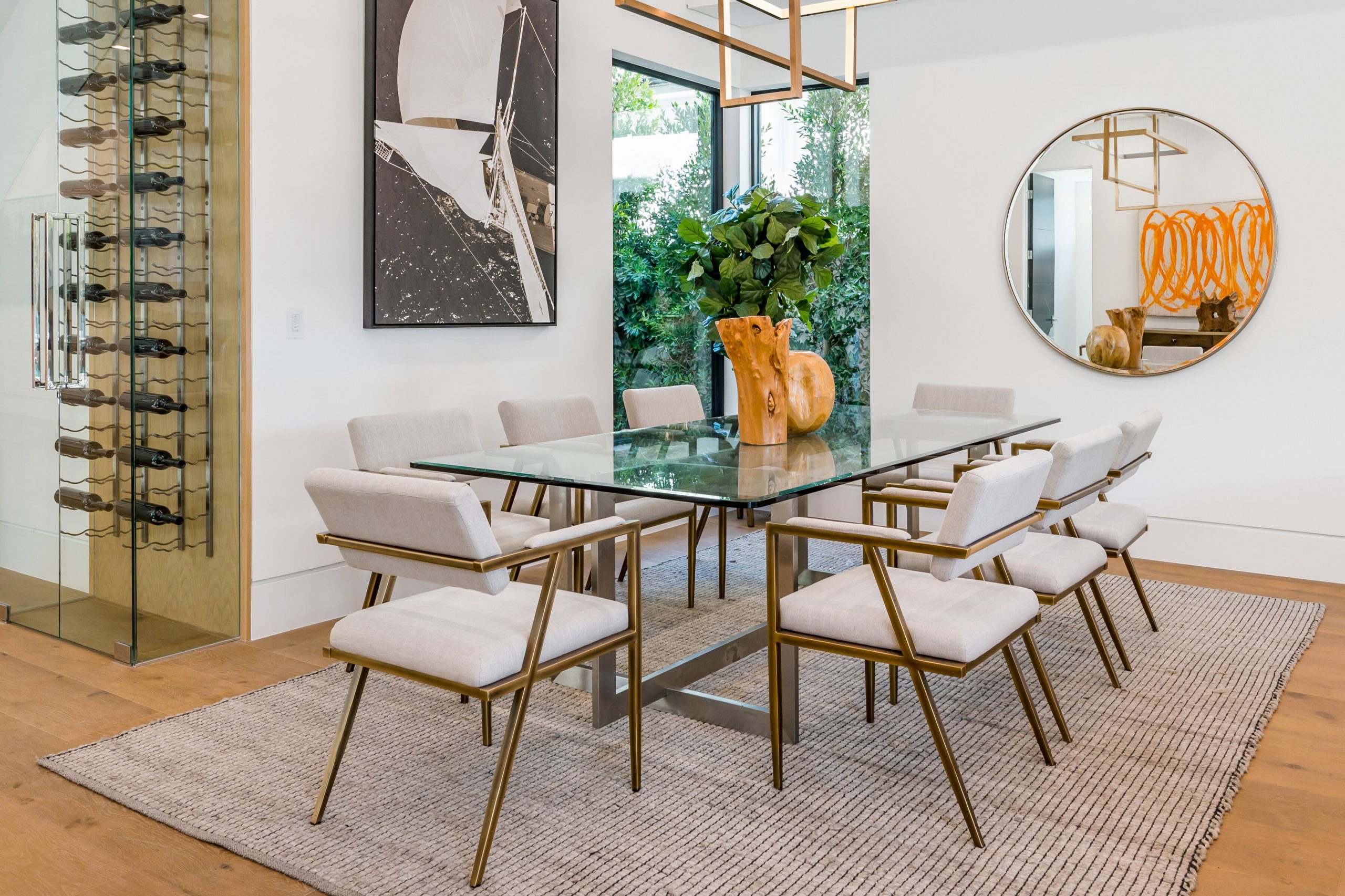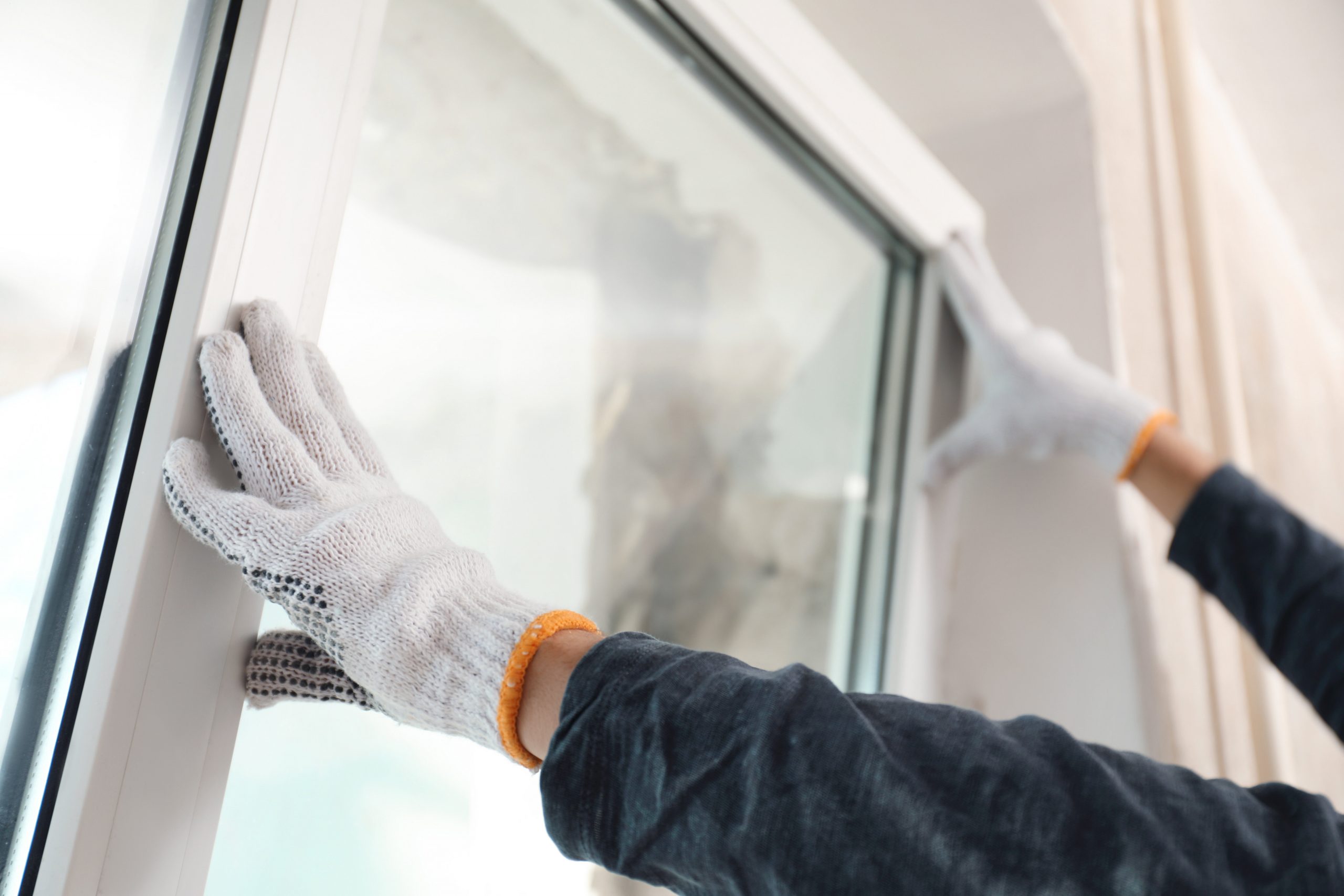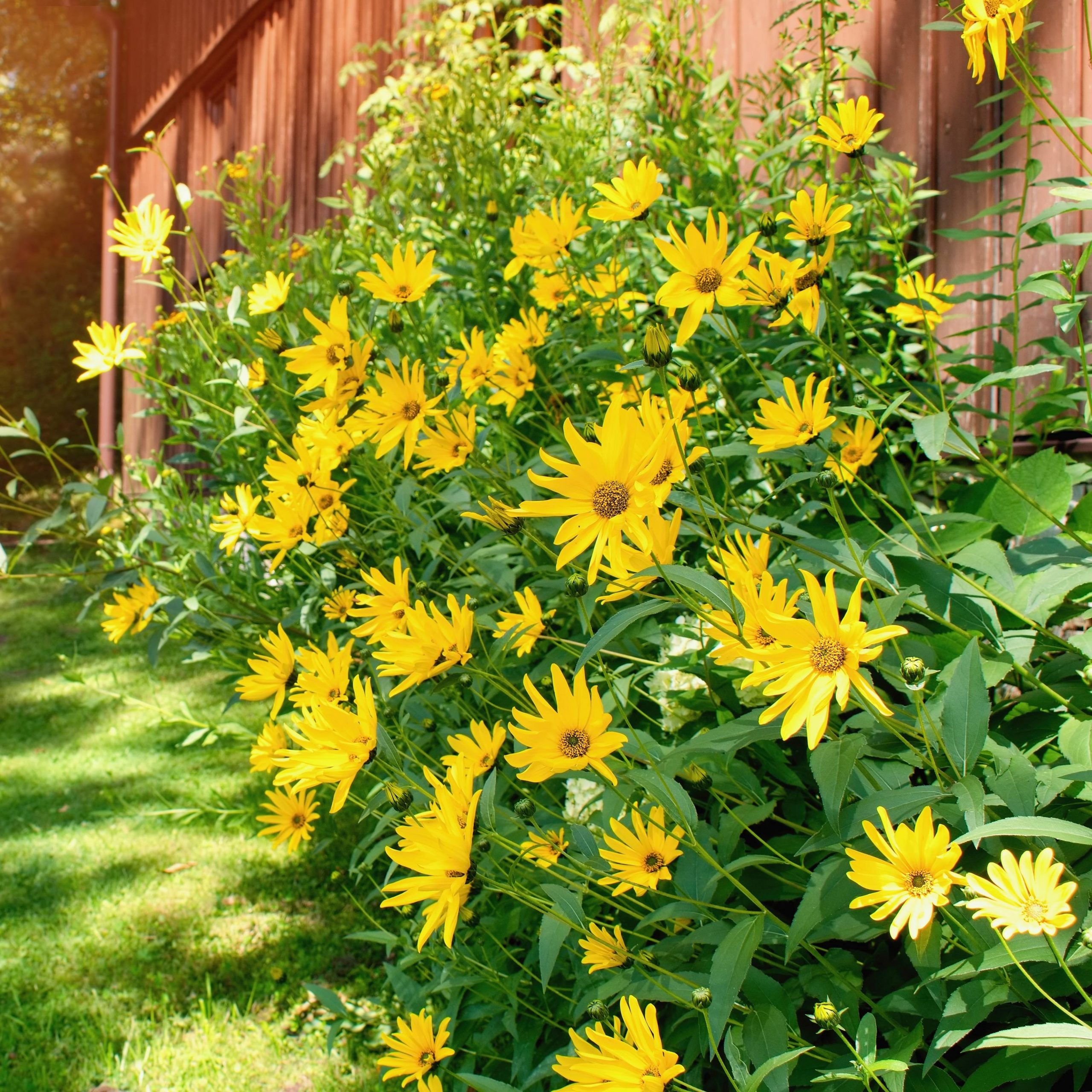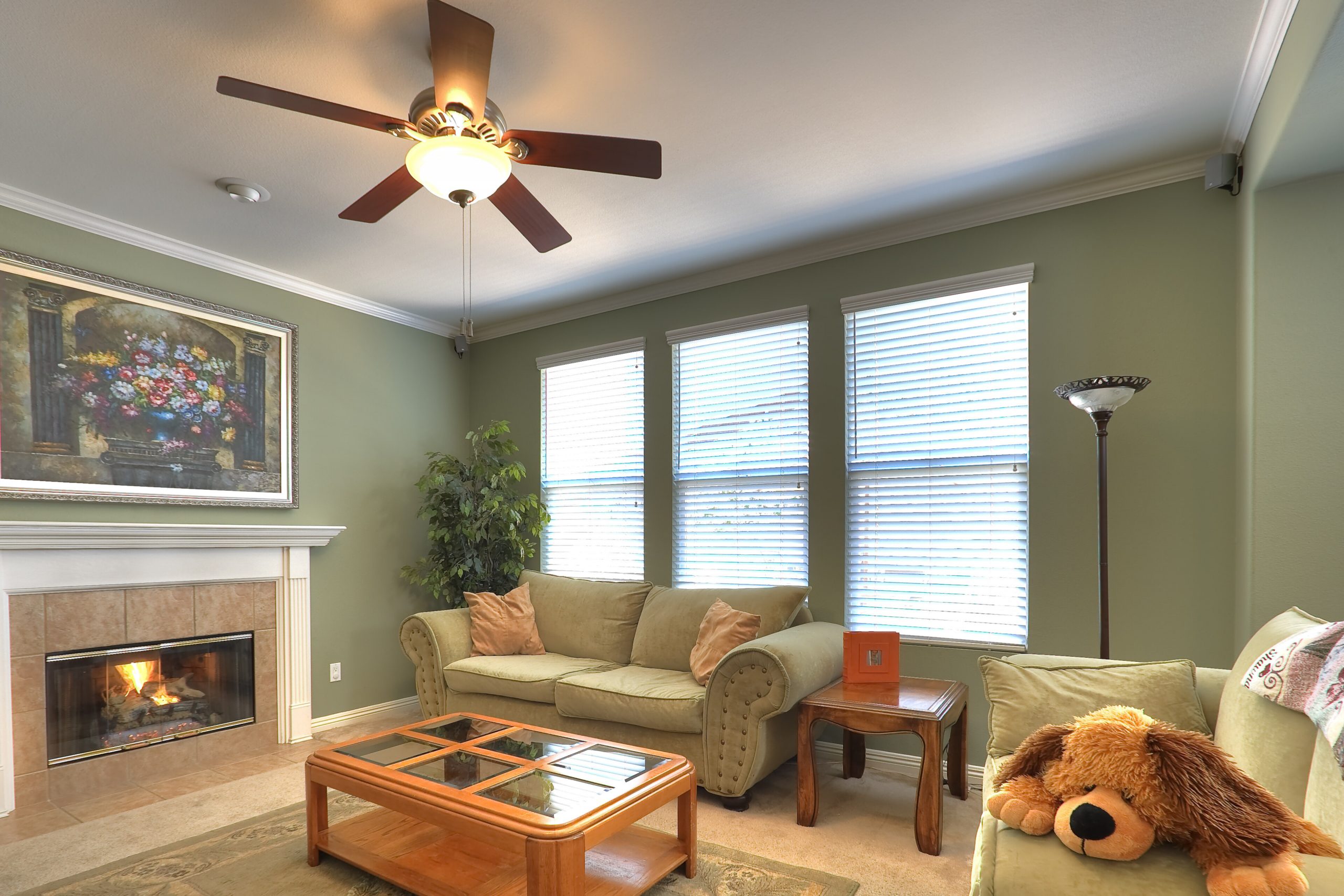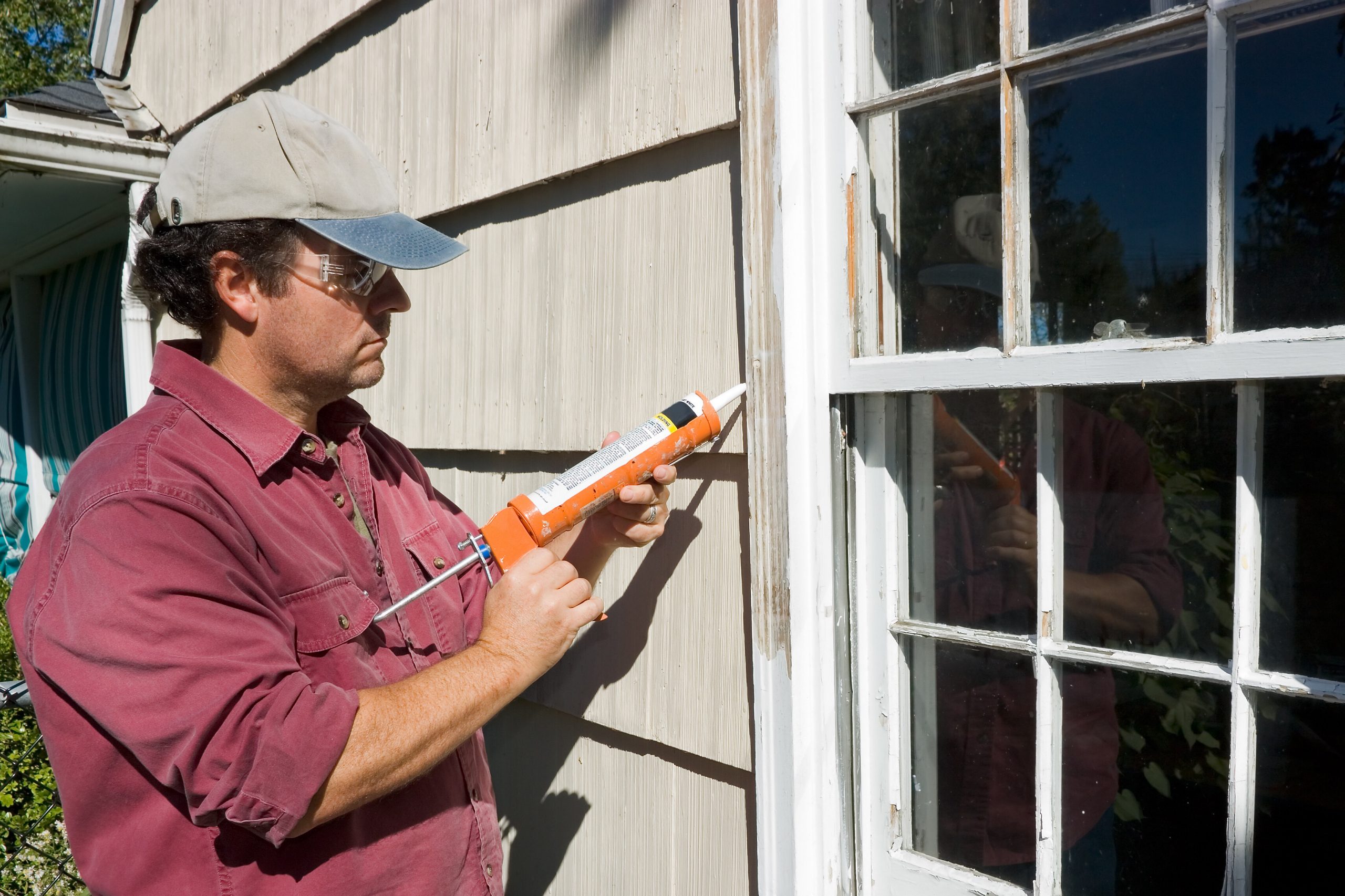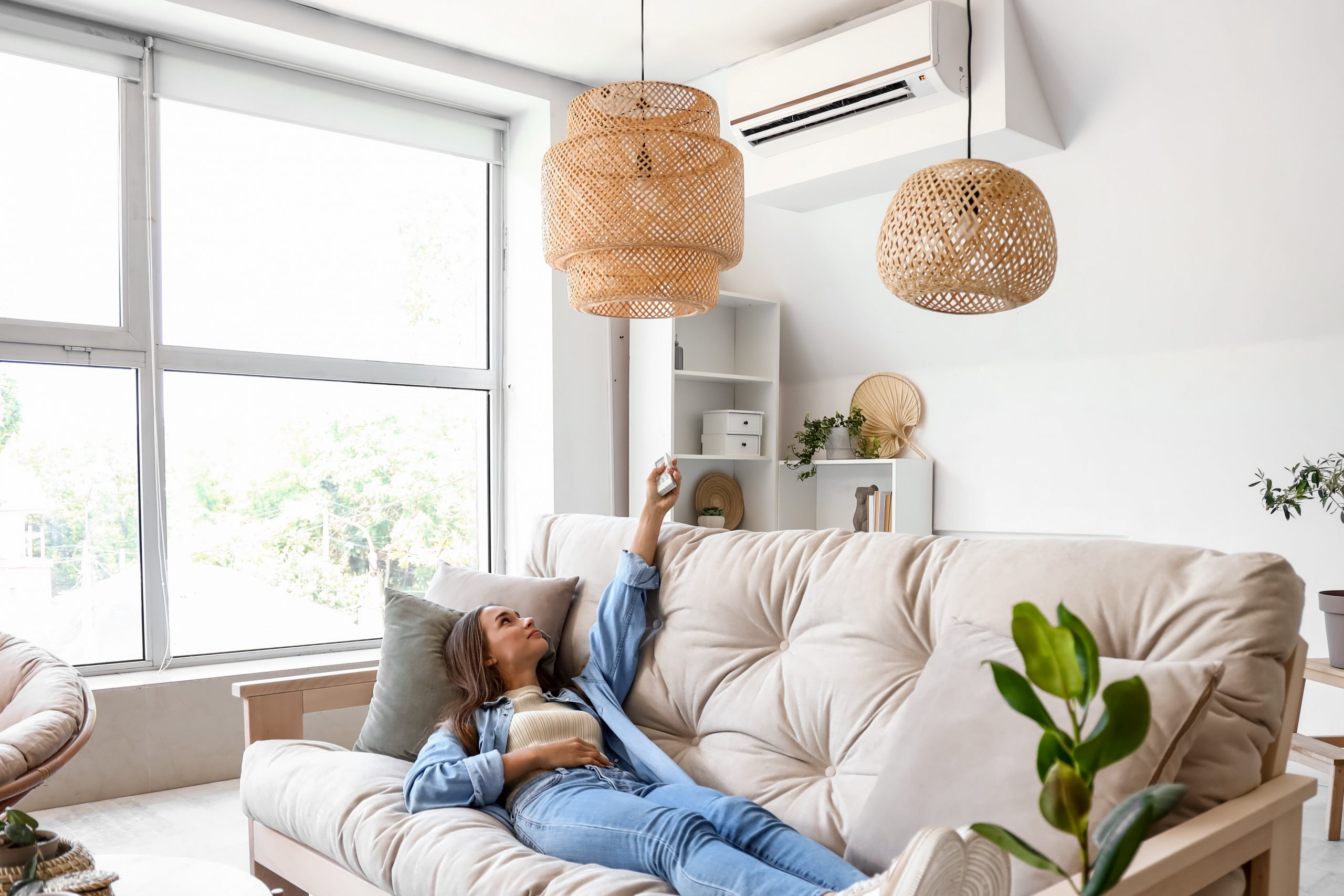Author: Michelle Gannon
Table of Contents
How to Start a Vegetable Garden for Under $50: Beginner Tips for Growing Food on a Budget
Think starting a vegetable garden has to be expensive? Think again. With a little creativity, a strict budget, and some basic know-how, you can grow your own fresh produce without spending more than $50.
Discover beginner-friendly tips to start a garden that saves you money and puts food on your table.
Start Small and Simple
You don’t need a huge backyard or fancy tools to grow vegetables. Focus on what you can manage and expand later.
- Use Containers or Small Plots: Start with 2–3 large containers or a 4×4-foot patch of ground. You can even use repurposed buckets, storage bins, or milk crates.
- Grow What You Eat: Stick to easy, high-yield veggies like lettuce, green beans, tomatoes, radishes, or zucchini. These grow quickly and offer multiple harvests.
- Sun is Free: Pick the sunniest spot in your yard, patio, or balcony—most veggies need 6–8 hours of sunlight a day.
Keeping it small and focused helps stretch your dollars while you learn what works.
Find Free or Cheap Containers
You don’t need to buy brand-new pots or raised beds.
- Repurpose What You Have: Buckets, crates, or storage bins with holes drilled in the bottom work great for most veggies.
- Ask Around: Friends, family, or neighbors may have old pots or planters they’re not using.
- Check Online: Look on Craigslist, Facebook Marketplace, or Buy Nothing groups for free gardening supplies.
You’d be surprised how many containers you can collect for zero cost.
Buy Budget Seeds, Not Seedlings
Seeds are much cheaper than buying starter plants—and they go a lot further.
- $1 Seed Packets: Many dollar stores and garden centers offer vegetable seeds for under $2 per pack.
- Seed Swaps: Join a local gardening group or check community centers for free seed exchange events.
- Start Indoors or Direct Sow: Some veggies (like beans or radishes) can be planted straight in the soil, saving you time and effort.
You can get multiple garden seasons from one packet of seeds, making this one of the best budget buys.
Use Homemade or Free Soil Boosters
Good soil is key—but you don’t need to buy fancy bags of it.
- Compost Kitchen Scraps: Start a small compost bin with food scraps and yard waste to enrich your soil.
- Ask for Free Compost or Mulch: Some cities offer free compost or mulch to residents—check your local public works department.
- Mix Your Own: Combine one part soil, one part compost, and one part sand or perlite for a basic potting mix.
If you’re buying bagged soil, stick to the essentials and buy just enough to fill your containers.
Water Smarter, Not Harder
Water is free, but keeping your plants hydrated without waste helps your garden thrive.
- Water in the Morning: It reduces evaporation and helps plants deal with daytime heat.
- Use a Watering Can or Jug: Repurpose milk jugs or pitchers to control how much water you use.
- Collect Rainwater: Set out a bucket or barrel to catch rain for free, eco-friendly watering.
Smart watering keeps your plants healthy and your budget intact.
DIY Support and Protection
Instead of buying garden gadgets, get creative with what you already have.
- Tomato Cages from Wire Hangers: Use old hangers or scrap wood to build plant supports.
- DIY Row Markers: Label plants with painted rocks, popsicle sticks, or reused spoons.
- Natural Pest Control: Sprinkle crushed eggshells around plants to keep slugs away or plant marigolds to deter bugs.
Small touches like these help your garden thrive without extra costs.
Final Insights
Starting a vegetable garden on a $50 budget is totally doable—even for beginners. By keeping things simple, using what you have, and making smart purchases, you’ll grow healthy, homegrown food and learn valuable skills in the process.
Look into these budget tips and plant your first garden with confidence—your wallet and your plate will thank you.
DIY
Home Services
Weather & Maintenance
Table of Contents
How to Set Up a Home Recycling Station That’s Easy, Organized, and Actually Works
If your good intentions to recycle keep getting derailed by clutter, confusion, or inconvenience, you’re not alone. The key to successful recycling at home is creating a setup that’s easy to use, organized, and fits your space and lifestyle.
Check out these simple and functional tips for setting up a recycling station that helps your household stay consistent and waste-smart.
Choose the Right Spot
Your recycling station doesn’t have to be fancy, but it should be convenient.
- Kitchen is Key: Most recyclables come from the kitchen, so placing bins near your trash can or under the sink makes it easier to separate items right away.
- Garage or Mudroom: If space is tight indoors, consider a spot near your entryway, laundry area, or garage door.
- Multiple Mini Stations: Set up smaller recycling spots in places like the office or bathroom to catch paper, plastic, and cans that would otherwise get tossed.
Location is everything—if it’s not easy to access, no one will use it.
Use Separate, Clearly Labeled Bins
Sorting makes recycling more effective—and less of a headache later.
- Bin for Each Type: Use one container each for paper, plastic, metal, and glass, depending on what your local recycling center accepts.
- Label Clearly: Use large, bold labels or icons (e.g., ♻️) so everyone in the house knows what goes where.
- Color Code: Consider using different colored bins or lids for an extra visual cue.
You can use plastic tubs, repurposed storage bins, or even old laundry baskets—whatever fits your budget and space.
Include a Trash and “Not Sure” Bin
Sometimes it’s hard to know if something is recyclable—and having a place to pause and check helps.
- Trash Nearby: Keep a small garbage bin next to your recycling to catch non-recyclables. This keeps people from tossing everything into the wrong bin.
- “Question Bin”: Have a small bin or box for items you’re unsure about. Research them later and adjust your system accordingly.
This small addition helps you learn while avoiding contamination in your recycling.
Make It Easy to Clean
Recyclables can get messy fast, so make it simple to keep your station clean and odor-free.
- Line the Bins: Use bags or newspaper at the bottom to catch spills and make cleanup easier.
- Rinse Before Tossing: Encourage everyone to rinse food containers like yogurt cups or sauce jars before tossing them in.
- Wipe Down Weekly: A quick weekly wipe-down keeps your station from becoming a sticky mess.
Clean bins also make the process more pleasant and encourage consistent use.
Educate the Household
Even the best setup won’t work if no one knows how to use it.
- Post Guidelines: Hang a simple cheat sheet or chart nearby with your local recycling rules.
- Lead by Example: Show kids and guests how to sort correctly.
- Keep It Simple: Avoid overcomplicating—stick to the basics of what’s recyclable in your area and add more categories only if your household is ready.
When everyone’s on the same page, recycling becomes second nature.
Store and Transport Smartly
Once the bins are full, you’ll need a plan to get them to the curb or recycling center.
- Larger Storage in Garage or Porch: Transfer sorted items to larger bins or bags if you only have small containers inside.
- Collapsible Bins or Bags: These can save space and make hauling easier.
- Create a Weekly Routine: Set a reminder to take out recycling the same day as trash so it doesn’t pile up.
A simple plan helps keep your recycling station from becoming a clutter zone.
Add Extras If You’re Ready
Once you’ve mastered the basics, you can level up your setup.
- Composting: Add a bin for food scraps to reduce kitchen waste.
- Battery or Electronics Drop Box: Create a small collection spot for hard-to-recycle items.
- Reuse Zone: Set aside a bin for jars, bags, or containers that can be used again around the house.
These bonus bins take your recycling game from good to great with just a little extra effort.
Parting Advice
Creating a home recycling station that actually works is all about making it functional, accessible, and easy for everyone in the house to use. With a little organization and some simple tools, you can reduce waste and build better habits that last.
Consider setting up a recycling station that fits your space and lifestyle—it’s one of the easiest ways to live greener without spending much.
DIY
Home Services
Weather & Maintenance
Table of Contents
Eco-Friendly Laundry Tips That Save You Money and Reduce Waste
Doing laundry is part of everyday life, but it can also be a hidden source of wasted energy, water, and money. The good news? With a few simple changes, you can make your laundry routine more eco-friendly while cutting down on costs. From washing in cold water to making your own detergent, these tips will help you save money, reduce waste, and keep your clothes looking great.
Wash with Cold Water
One of the easiest ways to make your laundry more eco-friendly is to switch to cold water washing.
Why It Matters: Heating water takes up about 90% of the energy used in a washing machine. Washing in cold can cut your energy use and lower your utility bill.
Benefits:
- Saves energy and money
- Protects colors and fabrics from fading or shrinking
- Works with most modern detergents
Pro Tip: Use a detergent labeled for cold water, and only run full loads to make each cycle count.
Line Dry Your Clothes
Skip the dryer and let nature do the work. Line drying is not only free—it’s also gentle on your clothes.
Why It Matters: Dryers use a lot of electricity and wear out your clothes faster. Air drying extends the life of your garments and cuts energy use.
How to Do It:
- Use a clothesline or drying rack indoors or outdoors
- Hang clothes in direct sunlight for faster drying and natural disinfecting
- Shake out wrinkles before hanging to reduce ironing
Pro Tip: If you don’t have outdoor space, a foldable rack in a sunny room works just as well.
Make Your Own Laundry Detergent
DIY laundry detergent is affordable, effective, and cuts back on plastic packaging.
Why It Matters: Many store-bought detergents come in large plastic containers and include harsh chemicals that aren’t good for your health or the planet.
Simple DIY Recipe:
- 1 bar of unscented soap (grated)
- 1 cup washing soda
- 1 cup borax
Mix all ingredients and store in a sealed container. Use 1–2 tablespoons per load.
Pro Tip: For a scent boost, add a few drops of essential oil like lavender or lemon to each load.
Use Eco-Friendly Dryer Alternatives
If you do use a dryer, you can still make the process more sustainable.
Wool Dryer Balls: These reusable balls speed up drying time, soften clothes naturally, and reduce static without the chemicals in dryer sheets.
Dryer Sheet Alternatives: Use reusable dryer sheets or make your own with fabric scraps sprayed with vinegar and essential oils.
Clean the Lint Trap: A clean lint trap improves airflow, helping your dryer work more efficiently and use less energy.
Choose Sustainable Laundry Products
When you buy laundry supplies, opt for products that are better for the environment.
Look For:
- Plant-based, biodegradable detergents
- Concentrated formulas (less packaging and waste)
- Products packaged in cardboard or refillable containers
Pro Tip: Many eco-friendly brands offer subscription or bulk-buy options to save even more.
Upgrade to Energy-Efficient Machines
If you’re in the market for a new washer or dryer, choose energy-efficient models.
Why It Matters: ENERGY STAR-rated machines use less water and electricity, which means lower bills and a smaller environmental impact.
Bonus: Front-loading washers typically use less water and energy than top-loaders.
Wash Only When Needed
Cut down on laundry loads by wearing clothes more than once when possible.
Tips:
- Jeans, sweaters, and jackets can often be worn multiple times before washing
- Use a spot cleaner for small stains instead of washing the whole item
- Teach kids and teens to only put dirty clothes in the hamper
Use Less Water and Detergent
Using too much soap or water doesn’t get clothes cleaner—it just wastes resources.
Tips:
- Follow the detergent instructions—more isn’t always better
- Choose the correct load size setting to avoid using extra water
- Use the high-spin cycle to remove more water before drying
Final Insights
Making your laundry routine more eco-friendly doesn’t mean giving up clean clothes or convenience. With a few simple swaps—like washing in cold water, air drying, and using homemade detergent—you can save money, reduce waste, and help protect the planet. Start small and build on these habits to create a laundry routine that’s better for your budget and the environment.
DIY
Home Services
Weather & Maintenance
Table of Contents
Spring to Summer Decor Swaps That Don’t Cost a Fortune
As the seasons shift from spring to summer, a few simple tweaks can refresh your home and make it feel in sync with the sunny days ahead. The best part? You don’t need to buy a whole new set of decorations to make it happen.
Find out how to rotate seasonal decor using what you already have and a few affordable touches.
Lighten Up Your Color Palette
Summer is all about bright, breezy colors. You can create that vibe with a few easy swaps:
- Switch Out Throw Pillows: Trade pastel or floral spring pillows for bold solids or fun tropical prints. If buying new covers isn’t in the budget, flip them over or cover them with inexpensive fabric.
- Change Up Blankets and Throws: Put away heavy knits and swap in lightweight cotton or linen throws in lighter colors.
- Use What You’ve Got: Repurpose anything in summer tones—tablecloths, scarves, or even old beach towels—as covers or accents.
Lightening your color scheme gives your space that fresh, summery feeling with zero stress.
Bring the Outdoors In
Warmer months call for a little extra nature indoors.
- Fresh or Faux Greenery: Replace spring flowers like tulips and daffodils with greenery, palms, or sunflowers.
- Decorate with Fruit: Lemons, limes, or oranges in a bowl make a colorful, summery centerpiece that you can eat later.
- DIY Herb Vases: Snip herbs like mint or rosemary from your garden and pop them into small jars or bottles for instant green freshness.
You likely have all the materials you need already—just pull from what’s in season and what’s in your pantry or backyard.
Update Your Wall Decor
Wall art doesn’t have to stay the same all year.
- Swap Printables: Print free summer-themed art and rotate it into existing frames. Think beaches, sunshine, or botanical prints.
- Hang Lightweight Baskets or Woven Art: Trade out heavy spring wreaths for simple wall baskets or straw hats for a breezy look.
- Photo Refresh: Print a few new summer-themed family photos or vacation snapshots to display.
These small swaps keep your walls fresh and fun without spending a cent.
Refresh Table and Shelf Displays
Your shelves, coffee table, and mantel can tell a seasonal story without buying new decor.
- Change Decorative Accents: Swap out spring items like bunnies or eggs for seashells, beach stones, or summer candles.
- Use Everyday Items Creatively: Display colorful books, beach hats, or even a pair of cute sunglasses as part of your summer setup.
- Group Items by Theme: Create little summer-themed vignettes using items you already own—anything from glass bottles to woven trays to floral teacups.
With just a few tweaks, your shelves and surfaces can shift from spring fresh to summer sunny.
Bring Summer Vibes to the Entryway
Your entry sets the tone for your home, and it’s easy to make it feel seasonal on a budget.
- Wreath Swap: Switch out spring florals for a wreath made of twine, shells, or faux greenery.
- Welcome Mat Refresh: Flip over or shake out your current mat, or paint a DIY summer message on the back side.
- Add a Pop of Color: A small potted plant or a cheerful summer sign adds a bright touch to your porch or entry space.
Just a couple of updates make a big impact—and you can often use what you already have on hand.
Don’t Forget the Scents
A seasonal scent can change how your home feels almost instantly.
- Swap Out Candles: Trade heavy spring florals for citrus, coconut, or fresh linen scents.
- Simmer Pot or Diffuser: Add lemon slices and mint to a pot of simmering water, or use essential oils like grapefruit and peppermint for that summer freshness.
- DIY Room Spray: Mix water, witch hazel, and a few drops of essential oils in a spray bottle for a homemade scent boost.
Scents help create that “ahh, summer” vibe without lifting a finger on decor.
Final Thoughts
You don’t need to spend money to make your home feel like summer. By rotating a few items, using what you already own, and focusing on fresh colors and natural elements, your space can feel brand-new for the season.
Consider these easy swaps to move from spring to summer style without overspending.
DIY
Home Services
Weather & Maintenance
Table of Contents
Pet-Friendly Home Design: Stylish and Safe Tips for Living with Dogs and Cats
Living with pets doesn’t mean you have to give up having a clean, stylish home. With a few smart design choices and practical habits, you can create a space that’s comfortable for your furry friends while still reflecting your personal style. From choosing the right materials to incorporating pet-friendly furniture and décor, these tips will help you build a home that works for both you and your pets—without compromising on looks.
Choose Durable, Pet-Friendly Materials
One of the best ways to keep your home looking good with pets around is by selecting materials that stand up to wear and tear.
Flooring – Skip carpets that trap fur and odors and go for options like tile, vinyl, or laminate that are easy to clean and resistant to scratches. If you prefer rugs, look for washable, low-pile options in darker colors or patterns that hide dirt.
Furniture Fabric – Pet hair, drool, and claws can be tough on fabric. Opt for durable, easy-to-clean materials like leather, faux leather, microfiber, or tightly woven fabrics. These resist staining and make cleanup much easier.
Walls and Paint – Use semi-gloss or satin paint finishes for easy wipe-downs in high-traffic pet areas. These finishes handle dirt and paw prints better than flat paint.
Designate Pet Zones
Creating dedicated pet areas helps contain messes and gives your pets a comfortable place of their own.
Pet Beds and Crates – Choose stylish beds or crates that match your home’s decor. Place them in corners of rooms or under furniture to blend in naturally. Many modern pet beds come in neutral tones and chic designs.
Feeding Stations – Set up a feeding area with mats to catch spills and food bowls that match your kitchen or dining space. Consider elevated feeders to reduce strain on older pets and help with digestion.
Toy Storage – Use decorative baskets, bins, or storage ottomans to keep toys organized and out of sight when not in use. This keeps clutter to a minimum while giving your pets easy access.
Keep It Clean and Fresh
Keeping your home clean is key to maintaining both style and comfort when you have pets.
Groom Regularly – Regular brushing reduces shedding and keeps your home cleaner. Keep grooming tools nearby so you can easily fit it into your routine.
Vacuum Often – Invest in a vacuum designed for pet hair and dander. Clean high-traffic areas daily or every few days to keep floors and furniture looking fresh.
Use Washable Covers – Place washable covers on sofas, chairs, and beds. These protect your furniture and can be tossed in the laundry for quick cleanups.
Air Out Your Space – Open windows regularly and use air purifiers to help reduce pet odors and allergens.
Choose Pet-Safe Décor and Plants
Not all home accessories are safe for pets, so it’s important to decorate with care.
Avoid Toxic Plants – Many common houseplants are toxic to cats and dogs. Stick with pet-safe options like spider plants, Boston ferns, and African violets.
Secure Fragile Items – Keep breakable items like vases or picture frames on higher shelves or in cabinets, out of paw’s reach.
Skip Candles with Strong Scents – Some scented candles and air fresheners contain ingredients that can irritate pets. Choose natural, pet-safe alternatives or go scent-free.
Incorporate Pet-Friendly Furniture
Today’s furniture options include stylish pieces made with pets in mind.
Scratch-Resistant Materials – Look for pieces made from metal, hardwood, or tightly woven fabrics that can withstand scratching.
Stain-Resistant Upholstery – Some furniture brands offer performance fabrics that resist stains and clean up easily with just soap and water.
Multi-Use Furniture – Consider furniture with built-in pet features, like benches with pet bed compartments or end tables that double as cozy pet hideouts.
Protect Your Space with Simple Solutions
A few easy adjustments can go a long way in preserving your home’s style and keeping pets safe.
Use Door Mats and Boot Trays – Place mats at entrances to catch dirt and mud before it spreads. Keep towels near the door to wipe muddy paws.
Add Window Perches – Give cats a spot to lounge and watch the outside world by placing a perch or small shelf near the window.
Install Pet Gates – Use gates to keep pets out of rooms with delicate décor or to separate pets during meal times. Choose gates that match your interior or are easy to store.
Hide Cords and Wires – Pets love to chew, so hide or cover exposed cords and chargers to prevent accidents and keep your space tidy.
Final Insights
You don’t have to choose between a stylish home and a pet-friendly one. By using durable materials, creating designated spaces, and decorating with care, you can enjoy the best of both worlds. With a few smart choices and regular upkeep, your home can be a clean, cozy, and beautiful space for every member of the family—furry ones included. Start with one or two ideas from this list and build a space where both you and your pets feel right at home.
DIY
Home Services
Weather & Maintenance
Table of Contents
Eco-Friendly Spring Swaps: Simple Changes for a Greener Season
Spring is the perfect time to refresh your habits and your home, and it’s easier than ever to make eco-friendly choices without spending a fortune. With just a few simple swaps, you can reduce waste, lower your environmental impact, and even save money in the process. Find out how you can embrace a greener lifestyle this spring with budget-friendly, sustainable changes.
Swap Chemical Cleaners for Natural Alternatives
Spring cleaning doesn’t have to come with harsh chemicals. Store-bought cleaners often contain ingredients that are bad for both your health and the environment. Instead, opt for natural DIY cleaning solutions using household staples like white vinegar, baking soda, lemon juice, and essential oils. Not only are they safer, but they’re also much cheaper in the long run.
Try This: Mix vinegar, water, and a few drops of lemon essential oil in a spray bottle for an all-purpose cleaner that cuts through grease and leaves your home smelling fresh.
Ditch Paper Towels for Reusable Cloths
Paper towels are convenient, but they create a lot of waste—especially during deep cleaning sessions. Swapping them out for reusable microfiber cloths, old t-shirts, or cotton rags is a super easy and affordable eco upgrade. Just toss them in the wash after use, and they’re good to go again.
Bonus: Microfiber cloths are more effective than paper towels at picking up dust and grime.
Use a Clothesline or Drying Rack
As the weather warms up, take advantage of sunny days by air-drying your laundry. Dryers use a ton of energy, and switching to a clothesline or drying rack can cut your electric bill and carbon footprint. Plus, sunlight naturally disinfects and deodorizes your clothes.
Shop Local and In-Season at Farmers Markets
Spring brings fresh produce, and shopping locally supports small farmers while cutting down on emissions from transporting food long distances. In-season fruits and veggies are also cheaper and more flavorful. Bring your own reusable bags and containers to reduce plastic use while you shop.
Eco-Win: You can also reduce packaging waste and find options grown without synthetic pesticides or fertilizers.
Trade Single-Use Plastics for Reusables
Say goodbye to single-use plastics like sandwich bags, plastic wrap, and water bottles. There are tons of affordable reusable options that work just as well (or better):
- Silicone food storage bags
- Beeswax wraps for leftovers
- Glass or stainless steel water bottles
- Reusable coffee cups or tumblers
Start small—pick one area (like snacks or drinks) and make the switch there first.
Plant a Garden—Even a Small One
Growing your own herbs, veggies, or flowers is one of the most rewarding ways to live more sustainably. You don’t need a big yard either. A few pots on your porch or windowsill can provide fresh ingredients and cut down on plastic-wrapped store produce. Bonus: it’s therapeutic and fun to watch things grow.
Start With: Basil, mint, cherry tomatoes, and green onions—they’re easy, low-maintenance, and perfect for beginners.
Refresh Your Wardrobe the Sustainable Way
Instead of buying brand-new spring outfits, try shopping secondhand at thrift stores or online resale platforms. You’ll save money and keep clothes out of landfills. Host a clothing swap with friends or declutter your own closet and donate what you don’t wear.
Pro Tip: Choose quality over quantity and look for timeless pieces that can be worn in multiple ways.
Switch to Eco-Friendly Lawn and Garden Products
Skip the synthetic fertilizers and pesticides this season. These chemicals can harm local wildlife and waterways. Opt for natural alternatives like compost, mulch, and pest-repelling plants. Not only are they safer, but they’re also often cheaper—especially if you make your own compost from kitchen scraps.
Tip: Coffee grounds and eggshells make great free soil enhancers.
Cut Down on Water Waste
Spring is a time when many of us ramp up outdoor watering. Save water by installing a rain barrel to collect rainwater for your garden. You can also mulch your garden beds to retain moisture, water in the early morning or evening to reduce evaporation, and use a broom instead of a hose to clean your driveway.
Green Your Transportation Habits
With nicer weather, consider driving less and walking or biking more. Not only does it cut emissions, but it also saves on gas and keeps you active. If you need to drive, combine errands into one trip to reduce fuel usage. Public transit and carpooling are great options too, especially if you live in a city.
Parting Advice
You don’t need to make huge changes to live more sustainably—just a few mindful swaps can have a big impact. From cleaning and gardening to shopping and transportation, spring is the perfect season to start fresh with eco-friendly habits. Look into a few of these ideas and watch how small steps can lead to a greener, cleaner lifestyle.
DIY
Home Services
Weather & Maintenance
Table of Contents
Composting for Beginners: How to Start an Eco-Friendly Compost Bin
Composting is one of the easiest and most effective ways to reduce waste while creating nutrient-rich soil for your garden. Instead of tossing food scraps and yard waste into the trash, you can turn them into a natural fertilizer that benefits plants and the environment. The best part? Composting is low-maintenance and can be done in small spaces, making it perfect for beginners. Here’s a step-by-step guide to starting your own eco-friendly compost bin.
Why Compost?
Composting helps reduce the amount of organic waste that ends up in landfills, where it produces harmful greenhouse gases like methane. By composting, you:
- Reduce Waste: Up to 30% of household waste can be composted instead of thrown away.
- Save Money: Composting reduces the need for store-bought fertilizers.
- Improve Soil Health: Compost adds nutrients to the soil, helping plants grow stronger and healthier.
- Support the Environment: Less landfill waste means a smaller carbon footprint and a healthier planet.
Step 1: Choose a Composting Method
There are different ways to compost, depending on your space and lifestyle.
- Outdoor Compost Bin: Ideal for those with a backyard, an outdoor compost pile or bin allows you to compost larger amounts of waste.
- Indoor Compost Bin: Perfect for small spaces, a countertop or under-the-sink compost bin can handle food scraps without taking up much room.
- Worm Composting (Vermicomposting): Uses worms to break down food scraps quickly and is great for apartments or small spaces.
Step 2: Pick the Right Location
For an outdoor compost bin, choose a shady, well-drained spot that’s easy to access. If you’re composting indoors, place a small bin in your kitchen or balcony for convenience. Make sure your bin has proper ventilation to speed up the composting process.
Step 3: Gather the Right Materials
Compost needs a balance of “greens” (nitrogen-rich materials) and “browns” (carbon–rich materials) to break down effectively.
Greens (Nitrogen-Rich Materials)
These provide moisture and help speed up decomposition. Examples include:
- Fruit and vegetable scraps
- Coffee grounds and tea bags
- Grass clippings
- Eggshells
Browns (Carbon-Rich Materials)
These help absorb excess moisture and create air pockets for airflow. Examples include:
- Dry leaves
- Shredded paper or cardboard
- Sawdust (from untreated wood)
- Straw or hay
Step 4: Avoid Adding These Items
Not all organic materials belong in a compost bin. Avoid:
- Meat, dairy, and oily foods (attracts pests and creates odors)
- Pet waste (can contain harmful bacteria)
- Treated or glossy paper (contains chemicals that don’t break down naturally)
- Large branches or wood chunks (take too long to decompose)
Step 5: Layer and Maintain Your Compost
For best results, layer your compost materials by alternating greens and browns. A good rule of thumb is two parts browns to one part greens to keep the balance right.
- Turn or stir the compost every 1–2 weeks to introduce oxygen and speed up decomposition.
- Keep the compost moist, but not too wet—like a damp sponge. If it’s too dry, add more greens or sprinkle with water. If it’s too wet, add more browns.
- Watch for odors—a well-maintained compost pile should have an earthy smell. If it starts to stink, add more browns and turn it more often.
Step 6: Harvest and Use Your Compost
After 2–6 months, your compost will turn into dark, crumbly, soil-like material with an earthy smell. Once it’s ready:
- Sift out large pieces that haven’t broken down completely (you can return these to the bin for further decomposition).
- Use the compost in your garden by mixing it into the soil or spreading it as mulch.
- Add it to potted plants to boost nutrients naturally.
Final Insights
Starting a compost bin is a simple, eco-friendly way to reduce waste and create nutrient-rich soil for your plants. Whether you have a backyard, a balcony, or a small kitchen, there’s a composting method that works for you. With just a little effort, you can turn everyday scraps into a valuable resource that benefits both your home and the planet. Start composting today and take one step closer to a greener lifestyle!
DIY
Home Services
Weather & Maintenance
Table of Contents
- Start with a Decluttering Plan
- Use Vertical Space with Shelving
- Install Pegboards for Tools and Small Items
- Utilize Overhead Storage
- Make Use of Magnetic Strips
- Repurpose Household Items for Storage
- Use Clear Bins and Labels for Easy Access
- Create Designated Zones for Different Items
- Invest in a Rolling Workbench for Flexibility
- Keep Frequently Used Items Easily Accessible
- Maintain the Organization
- Final Thoughts
Garage Organization Made Easy: Tips for Decluttering and Storage
A cluttered garage can make it impossible to find what you need, let alone park your car. With a little planning and some budget-friendly solutions, you can transform your garage into a well-organized, functional space. Check out these simple tips for decluttering and maximizing storage!
Start with a Decluttering Plan
Before adding new storage solutions, you need to clear out the clutter.
- Sort and categorize – Separate items into groups: keep, donate, sell, or toss.
- Be realistic – If you haven’t used something in over a year, chances are you don’t need it.
- Dispose of hazardous materials properly – Old paint, chemicals, or broken electronics should be taken to designated disposal sites.
Use Vertical Space with Shelving
Garages often have limited floor space, so go vertical to create more storage.
- Wall-mounted shelves – Install shelves to keep tools, seasonal items, and supplies off the ground.
- Heavy-duty storage racks – Ideal for bulky items like bins, camping gear, or car maintenance supplies.
- Corner shelves – Utilize often-overlooked corners to store small tools and accessories.
Install Pegboards for Tools and Small Items
Pegboards are one of the easiest ways to keep tools organized and within reach.
- Hang frequently used tools – Screwdrivers, wrenches, and hammers can be stored in plain sight.
- Use hooks and baskets – Keep smaller items like tape, scissors, and gloves neatly arranged.
- Label sections – Clearly mark where each tool belongs to maintain order.
Utilize Overhead Storage
The ceiling is an often-underused storage area that’s perfect for bulky or seasonal items.
- Overhead racks – Install ceiling-mounted shelves for storing bins with holiday decorations, camping gear, or extra tires.
- Hanging hooks – Use sturdy hooks to hang bikes, ladders, or sports equipment.
- Pulley systems – Great for hoisting kayaks or other heavy items that you only need occasionally.
Make Use of Magnetic Strips
Magnetic strips are an inexpensive way to store small metal tools without cluttering drawers.
- Mount strips on walls – Perfect for holding screwdrivers, pliers, and drill bits.
- Attach to workbenches – Keep frequently used tools accessible while working on projects.
- Use inside cabinets – A great way to organize small metal parts and hardware.
Repurpose Household Items for Storage
You don’t need to buy expensive organizers—repurposing items you already have can save money.
- Old filing cabinets – Remove the drawers and use them to store yard tools like rakes and shovels.
- PVC pipe sections – Cut pieces of PVC pipe to create custom holders for brooms, mops, and long-handled tools.
- Plastic bins – Stackable bins with labels make it easy to store and find seasonal decorations, camping gear, or sports equipment.
Use Clear Bins and Labels for Easy Access
Keeping items visible and labeled makes it easier to find what you need.
- Transparent bins – Allow you to see what’s inside without digging through piles.
- Color-coded storage – Use different colors for categories like holiday decor, tools, and car accessories.
- Detailed labels – Mark each bin or shelf with a clear description of its contents.
Create Designated Zones for Different Items
Grouping similar items together keeps the garage organized and functional.
- Garden and lawn care – Store rakes, shovels, and fertilizer in one section.
- Sports and outdoor gear – Keep bikes, balls, and camping equipment in a designated area.
- Home improvement tools – Arrange power tools, nails, and screws near your workbench.
- Car maintenance supplies – Store motor oil, wiper fluid, and cleaning products in one spot.
Invest in a Rolling Workbench for Flexibility
A rolling workbench gives you a sturdy workspace that can be moved as needed.
- Portable and functional – Easily reposition your work area for different projects.
- Built-in storage – Many workbenches come with drawers or shelves to store tools.
- Custom DIY option – If you’re handy, build your own rolling workbench using scrap wood or an old table.
Keep Frequently Used Items Easily Accessible
Not everything should be stored high up or in bins—some things need to be within easy reach.
- Hooks for everyday tools – Store a hammer, tape measure, and pliers at eye level.
- A grab-and-go bin – Keep frequently used items like extension cords and gloves in one place.
- Wall-mounted bike racks – Make it easy to grab a bike without knocking everything over.
Maintain the Organization
The key to keeping your garage tidy is to make organization a habit.
- Do a seasonal clean-up – Go through your garage every few months to declutter and reorganize.
- Put things back where they belong – Labeling shelves and bins makes it easier to maintain order.
- Encourage household participation – Get family members involved so everyone knows where things go.
Final Thoughts
An organized garage not only makes life easier but also maximizes your space efficiently. By decluttering, using vertical storage, and repurposing everyday items, you can create a functional, tidy space without spending a fortune. Try these simple tips and enjoy a clutter-free garage!
DIY
Home Services
Weather & Maintenance
Table of Contents
DIY Window Treatments: Stylish Curtains and Blinds on a Budget
Window treatments can transform a room, adding privacy, style, and personality. However, buying custom curtains or blinds can get expensive. Luckily, with a little creativity and some budget-friendly materials, you can create stylish window treatments without overspending. Whether you prefer elegant curtains, modern blinds, or no-sew solutions, these DIY ideas will help you upgrade your windows while keeping costs low.
Choosing the Right DIY Window Treatment
Before diving into your project, consider the purpose of your window treatments. Do you want to block out light, add privacy, or simply enhance the decor? Understanding your needs will help you choose the best option.
- Curtains: Great for adding softness and texture to a room. They work well in bedrooms, living rooms, and dining areas.
- Blinds: Ideal for controlling light and privacy, especially in bathrooms and kitchens.
- Shades: A stylish alternative to blinds that offer a sleek and modern look.
- Valances: A budget-friendly way to add flair to your windows without covering the entire space.
Budget-Friendly DIY Curtain Ideas
1. No-Sew Curtains with Fabric and Clip Rings
If you don’t have a sewing machine, you can still make beautiful curtains with just fabric and curtain clip rings.
- Choose an affordable fabric like drop cloths, flat bed sheets, or lightweight linen.
- Cut the fabric to your desired length and hem the edges using iron-on hemming tape or fabric glue.
- Attach curtain clip rings to the top and slide them onto a curtain rod for an easy, polished look.
2. Drop Cloth Curtains for a Rustic Look
Drop cloths are inexpensive, durable, and perfect for achieving a farmhouse-style look.
- Wash and bleach the drop cloths for a softer, lighter color.
- Use curtain rings or tension rods to hang them for a relaxed, casual look.
- Add stencils, fabric paint, or trim for extra customization.
3. DIY Sheer Curtains for Soft Lighting
Sheer curtains create an airy, elegant feel without blocking natural light. Instead of buying expensive sheer panels:
- Use lightweight fabric like voile, tulle, or lace from a fabric store.
- Cut to size and use hemming tape to seal the edges.
- Hang them on a tension rod for an easy, breezy window treatment.
DIY Blinds and Shades for a Custom Look
4. No-Sew Roman Shades
Roman shades provide a clean, modern look while allowing you to control light and privacy. To make DIY no-sew Roman shades:
- Use a fabric of your choice and cut it to fit your window.
- Attach it to a set of inexpensive mini blinds using fabric glue or a hot glue gun.
- Remove the slats you don’t need and leave a few spaced evenly for structure.
- Pull the blinds up and down like a regular shade, but with a stylish fabric covering.
5. DIY Bamboo Shades on a Budget
Bamboo shades can be pricey, but you can make a budget-friendly version using bamboo placemats or a roll-up matchstick mat.
- Attach multiple bamboo placemats together using zip ties or twine.
- Secure them to a curtain rod or tension rod for an easy, natural window covering.
- Roll them up using a simple cord-and-hook system for adjustable light control.
Adding Personality with DIY Valances
6. No-Sew Fabric Valance
A valance adds a decorative touch to a window without blocking too much light.
- Use a patterned fabric and cut it to fit across the top of your window.
- Attach it to a tension rod with Velcro or drape it over a standard curtain rod.
- For a structured look, wrap the fabric around a piece of foam board or wood and mount it above the window.
7. Wooden Valance for a Rustic Touch
If you love rustic or farmhouse decor, a wooden valance can add warmth and character.
- Cut a piece of reclaimed wood or plywood to fit the width of your window.
- Stain or paint the wood to match your decor.
- Mount it above the window using L-brackets for a stylish, finished look.
Creative Curtain Rod Alternatives
Curtain rods can be expensive, but there are plenty of DIY alternatives that look just as stylish.
- PVC Pipes: Cut to size and spray-painted for a sleek, custom curtain rod.
- Wooden Dowels: Stained or painted to match your room’s aesthetic.
- Rope or Wire: Creates a relaxed, boho-style curtain look.
- Copper Pipes: A modern and industrial-style alternative to traditional curtain rods.
Smart Shopping Tips for DIY Window Treatments
If you’re working with a tight budget, here are some tips for saving money on materials:
- Shop Discount Stores: Look for affordable fabric, curtain rods, and accessories at dollar stores, thrift shops, or clearance sections.
- Repurpose Old Materials: Turn old bedsheets, tablecloths, or scarves into curtains.
- Use Coupons and Sales: Watch for discounts at craft and home improvement stores to save on fabric and supplies.
Final Insights
Creating stylish window treatments on a budget is easier than you think. Whether you’re making no-sew curtains, upcycling materials for blinds, or adding a decorative valance, these DIY projects allow you to refresh your space affordably. With a little creativity and effort, you can enhance your home’s privacy and style without spending a fortune. Start your DIY window treatment project today and enjoy a customized, budget-friendly upgrade!
